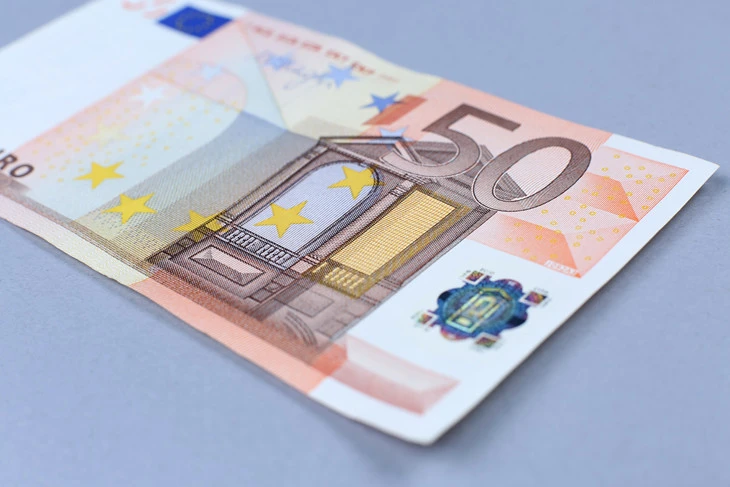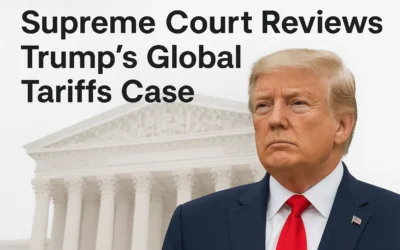Counterfeiting damages economies. It fuels crime and erodes trust. For example, fake money disrupts markets. Some currencies, like the U.S. dollar and euro, face higher risks due to their global use. Therefore, this post highlights the most counterfeited currencies, their weaknesses, and how governments respond.
Why Counterfeiting Matters?
Criminals produce billions in fake money yearly. As a result, businesses lose money, and markets suffer. Moreover, advanced printers help crooks make convincing fakes. However, certain currencies attract more counterfeits because of their widespread use or weak protections. Let’s dive into the top targets.
United States Dollar (USD)
The U.S. dollar, a global leader, lures counterfeiters. Its worldwide demand drives fakes.
- Why It’s at Risk: Criminals use fake dollars everywhere since they’re widely accepted. Older $100 bills, for instance, lack strong security and are easy to copy.
- Key Areas: Fakes appear in cash-heavy regions like Latin America and Asia.
- Solutions: The U.S. Secret Service adds 3D ribbons and special ink to new bills. Additionally, they work with global police to stop counterfeiters.
Euro (EUR)
The euro, used in 20 European nations, draws criminals. Its broad use creates risks.
- Why It’s at Risk: The euro’s shared design helps fakes spread across borders. In particular, €50 and €20 notes are common targets due to frequent use.
- Key Areas: Eastern Europe and Southeast Asia see many fakes, often from crime groups.
- Solutions: The European Central Bank uses holograms and microprinting in new “Europa” notes. Also, they teach businesses to spot fakes.
British Pound (GBP)
The British pound, valued globally, attracts counterfeiters. Its worth makes fakes profitable.
- Why It’s at Risk: Crooks copy older paper £20 and £50 notes, which have weak defenses. Consequently, these fakes spread easily.
- Key Areas: The UK and tourist spots like Southern Europe see many fakes.
- Solutions: The Bank of England now uses polymer notes with clear windows. Furthermore, they’ve removed old paper notes to reduce fakes.
Chinese Yuan (CNY)
The Chinese yuan faces more fakes as China’s economy grows. Its rising global use draws attention.
- Why It’s at Risk: Older yuan notes have simple designs, easy to mimic. Plus, China’s cash-based markets offer chances for fakes.
- Key Areas: Southeast Asia and Africa report fake yuan, often tied to trade.
- Solutions: China’s central bank adds complex patterns to new notes. Meanwhile, digital payments like WeChat Pay cut cash use.
Indian Rupee (INR)
The Indian rupee sees growing fakes in South Asia. Cash-heavy markets increase risks.
- Why It’s at Risk: Criminals target ₹500 and ₹2,000 notes for their value. Weak rural enforcement also helps fakes spread.
- Key Areas: India, Pakistan, and Bangladesh face fake rupees, often linked to crime.
- Solutions: India’s new notes include micro-text and UV features. In addition, the Reserve Bank of India runs awareness campaigns.
Russian Rouble (RUB)
The Russian rouble, used widely in Eastern Europe, attracts counterfeiters. Its regional use creates risks.
- Why It’s at Risk: High-denomination notes, like the 5,000-rouble bill, are valuable and thus targeted. Moreover, uneven enforcement in some areas aids fakes.
- Key Areas: Russia, Ukraine, and Central Asia see fake roubles, often tied to black markets.
- Solutions: The Bank of Russia adds holograms and microprinting to new notes. They also promote digital payments to limit cash.
Why Counterfeiting Persists
Criminals use high-tech printers to craft fakes. For instance, digital tools create near-perfect copies. Additionally, weak laws in some regions let fakes thrive. Similarly, cash’s anonymity helps crooks. Finally, dark web markets sell fake money globally.
Global Fight Against Fakes
Governments and banks act swiftly:
- Tougher Notes: New notes use holograms and polymer to stop fakes.
- Police Work: For example, INTERPOL and Europol target counterfeit gangs.
- Education: Campaigns teach people to check money.
- Digital Shift: Cashless payments reduce fake money’s spread.
Your Role
You can help stop fakes:
- Check Money: Look for watermarks or special ink.
- Use Tools: Try UV lights for big payments.
- Report Fakes: Tell police or banks about suspicious notes.
Conclusion
Counterfeiting hits currencies like the U.S. dollar, euro, and rouble hard. Although criminals exploit weaknesses, governments use high-tech notes and teamwork to fight back. By staying alert, you can help stop fakes. So, share this post to raise awareness and protect our economies. Read more on our blog: Investment Blog.









0 Comments